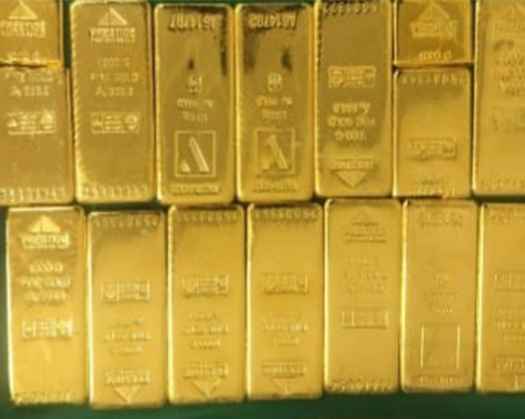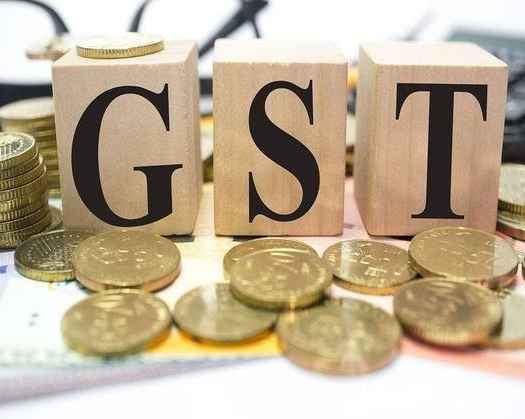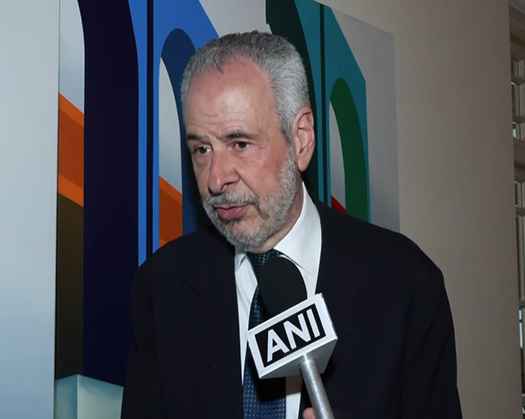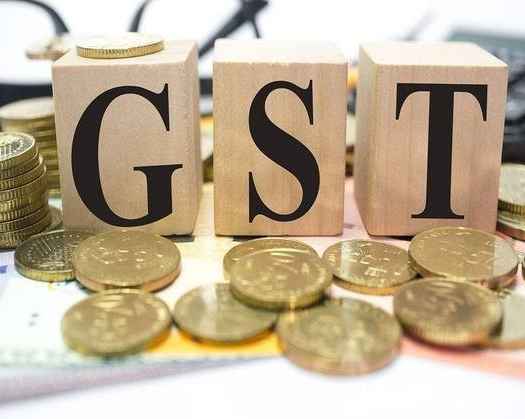New Delhi: A robust rally towards the end of the month propelled gold to USD 3,429/oz, marking a 4 percent increase, and by the conclusion of August, gold had risen 31 percent year-to-date. According to the Gold Market Commentary report from the World Gold Council, gold appreciated in all major currencies, despite a significantly weaker US dollar, and this positive trend has continued into early September.
Referencing the Gold Return Attribution Model (GRAM), the report indicates that key factors contributing to August's price performance included a decline in the US dollar at the beginning of the month, ongoing geopolitical tensions, and strong inflows into global gold ETFs (Exchange-Traded Funds). Recently, an increased likelihood of a rate cut in September has also influenced the market.
Gold ETF inflows provided substantial support, particularly towards the end of the month, with inflows totaling USD 5.5 billion, primarily from North America at USD 4.1 billion and Europe at USD 1.9 billion, while Asia and other regions experienced outflows.
The report suggests that US real rates may become increasingly significant for gold in the short term as US investors take the lead from emerging markets, and this influence could grow if rates decline.
"Up to this point, rates have remained relatively stable, which reflects a rising concern about stagflation. Our quantitative analysis of different types of US investors indicates that stagflation is the primary worry for ETF investors, followed by retail bar and coin purchasers. In contrast, fast money futures investors are more focused on the trajectory of rates," the report stated.
The dynamics between gold prices and their fundamental drivers evolve over time, often mirroring the most active participants in the market. Last month, the World Gold Council noted that one reason for gold's detachment from rates after 2022 was the significant demand from emerging market central banks and other investors, rather than a breakdown in the relationship between US investors and rates.
"With central banks and Asian investors pulling back somewhat, as shown by our Gold Demand Trends data, local premiums and intraday session returns, a stronger connection between gold and interest rates may re-emerge, allowing Western investors (especially those in the US) to play a more significant role in influencing short-term returns," the report indicated.
If interest rates across the board begin to decline, it could lead to an increase in gold purchases in the US. Nevertheless, the report points out that the yield curve is steepening as short-term rates fall in anticipation of a Federal Reserve rate cut, while long-term rates remain elevated due to risk premiums and worries about future inflation.
Moreover, a rise in inflation occurring alongside a slowdown in economic growth and weakening labor markets, "indicates that we are increasingly approaching a stagflationary scenario, which typically benefits gold."












